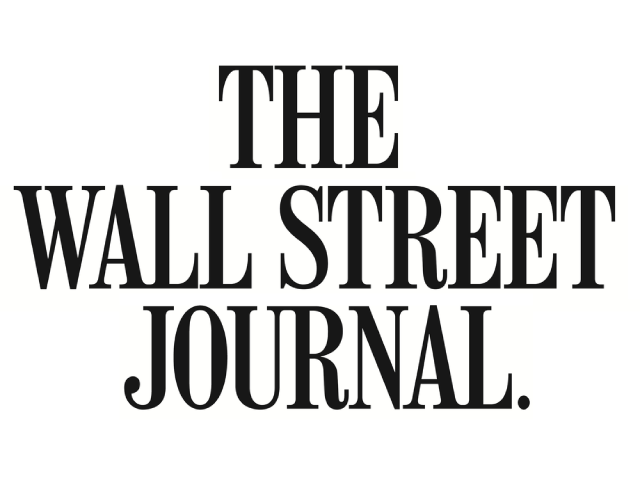The pandemic has changed America in many ways, and one major change is the migration from states that locked down their economies and schools the most to those that kept them largely open.
That’s the underreported news in the Census Bureau’s state population and domestic migration estimates from July 1, 2020 to July 1, 2021. Data used for this year’s Congressional reapportionment was based on where people claimed to live on April 1, 2020. But what a difference 15 months of lockdowns made.
Illinois’s population declined by another 141,039 between spring 2020 and this past summer as 151,512 people on net left the state for other states. California lost 300,387 amid a net out-migration of 429,283 residents. The biggest loser—you already know this—was New York, whose population shrunk 365,336 due to an outflow of 406,257 residents.
On the other hand, Texas added 382,436 new residents, including 211,289 from other states. Florida gained 242,941 in population as 263,958 people from other states flooded in. Florida’s population growth would have been greater if not for the high number of COVID deaths, which is a result of its older population. Same for Arizona whose population grew by 124,814.
Migration from high- to low-tax states—especially those in the Sun Belt—has been going on for well over a decade. But the trend picked up during the pandemic, as Democratic states tended to impose the strictest lockdowns and school closures while those governed by Republicans allowed most businesses and schools to stay open after spring 2020.
California’s net outflow surged 75% between July 1, 2020 and July 1, 2021 compared to the same period from 2018 to 2019. New York’s out-migration doubled. On the other hand, Texas’s inflow increased by 40%, and Florida’s swelled by more than half. The flight out of Illinois also accelerated.
Connecticut for the first time since 2011 had a net increase in migration from other states. That’s probably due to many New York office workers moving as employers in Manhattan shifted to remote work. But Democratic Gov. Ned Lamont also pushed to keep schools open last winter, and he imposed fewer pandemic restrictions than did former New York Gov. Andrew Cuomo.
The COVID data tracking outfit Rational Ground calculated that the 25 states with most in-person learning during the 2020-2021 school year gained 822,064 people on net from other states. It’s impossible to quantify precisely the cause-and-effect impact of school closures and lockdowns on population migration. But the correlation is clear from the data.
There’s also the impact of rising taxes. Although Washington State (which has no income tax) before the pandemic had been drawing people from other states, it saw a small net outflow this past year. Gov. Jay Inslee’s severe lockdowns and school closures are probably culprits. But the state isn’t helping by imposing a 7% tax on capital gains exceeding $250,000 that will take effect Jan. 1. Remote work has made high earners more mobile, and raising their taxes is fiscally self-destructive.
Mr. Cuomo is the king of self-destruction. In the spring he signed legislation raising income taxes on individuals making more than $1 million even as tax revenues surged. The top state-and-local combined rate climbed to 14.8% from 12.7% on income of more than $25 million. Good luck to Eric Adams, New York City’s mayor-elect, who is forced to plead with high earners to return from Florida.
Many GOP-led states including Tennessee, Idaho and Arkansas have cut taxes during the pandemic. More than a dozen such as Georgia, Missouri and West Virginia also expanded school choice, as did a few governed by Democrats such as Kansas and Pennsylvania.
The pandemic—let’s hope—is a once-in-a-lifetime event. It has caused enormous social and economic upheaval, along with population shifts that won’t repeat every year. Yet it has also heightened the distinction between Republican lawmakers who strive to protect individual freedom, even amid crisis, and Democrats who impose more government control.
Differences in policies and political values won’t recede with the virus, and it’s clear from the census data which side is winning the contest for talent and taxpayers.
The Wall Street Journal




